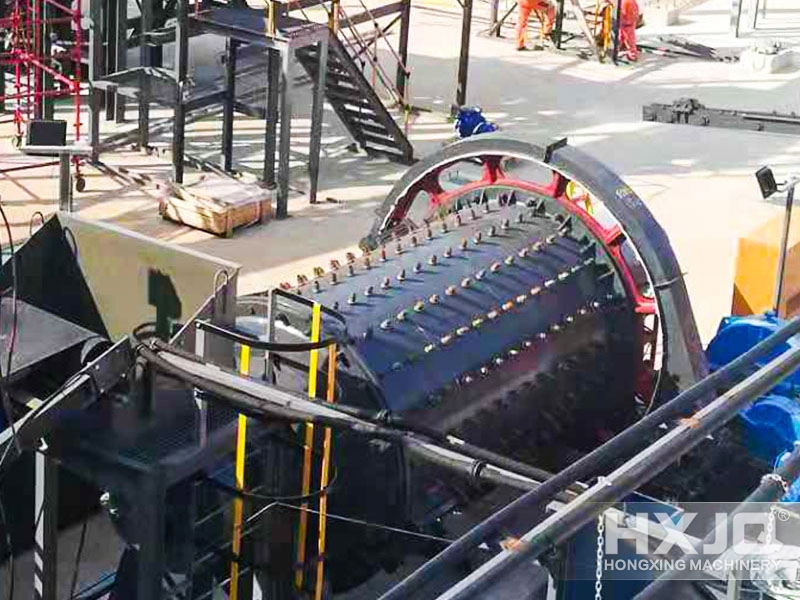
Ball mills are a crucial piece of equipment in many industries, including mining, cement, and pharmaceuticals. They are used for grinding and crushing materials, and can be operated in either a wet or dry state.

Wet Grinding
Wet grinding is a process that involves adding water or another liquid to the grinding process. This can help to reduce dust and increase the efficiency of the grinding process. Wet grinding is commonly used in the mining industry to process ores and minerals.
In a wet grinding process, the materials are ground and mixed with water in a ball mill. The water helps to lubricate the grinding media and prevent excessive wear and tear on the equipment. The slurry produced by the wet grinding process is then transported to other equipment, such as flotation cells or thickeners, for further processing.
Wet grinding is particularly useful for processing minerals that are difficult to grind, such as gold and copper ores. The addition of water can help to break down the minerals and improve their recoverability. It can also help to reduce the energy consumption of the grinding process, as less energy is required to grind wet materials compared to dry materials.
Dry Grinding
Dry grinding is a process that involves grinding materials without the use of water or another liquid. This process is often used in industries where the materials being ground are sensitive to moisture, such as ceramics and pharmaceuticals.
In a dry grinding process, the materials are ground using grinding media, such as steel balls or ceramic beads, in a ball mill. The absence of water in the process means that the grinding media must be able to efficiently break down the materials without the use of a liquid lubricant.
Dry grinding can be a more energy-efficient process than wet grinding, as it requires less energy to remove the moisture from the materials being ground. However, dry grinding can also be more challenging, as the absence of water can result in increased wear and tear on the grinding media and equipment.
When to Choose Wet or Dry Grinding
The choice between wet and dry grinding depends on a variety of factors, including the type of material being ground, the particle size required, and the energy consumption of the grinding process.
Wet grinding is typically used for materials that are difficult to grind, require a fine particle size, or are sensitive to moisture. It can also be more energy-efficient than dry grinding for certain materials.
Dry grinding is typically used for materials that are not sensitive to moisture, require a coarse particle size, or are not easily broken down by the water. Dry grinding can also be more cost-effective, as it requires less equipment and can be operated at a higher throughput than wet grinding.
Advancements in Grinding Technology
Advancements in grinding technology have led to the development of new equipment and processes that can improve the efficiency and effectiveness of both wet and dry grinding. For example, the use of high-pressure grinding rolls (HPGRs) can increase the efficiency of the grinding process by reducing the need for grinding media and energy consumption.
In addition, the development of automated control systems for grinding mills has enabled operators to more accurately control the grinding process and optimize the performance of the equipment. This can lead to increased efficiency, reduced energy consumption, and improved product quality.

Conclusion
The choice between wet and dry grinding depends on a variety of factors, including the type of material being ground, the particle size required, and the energy consumption of the grinding process. Both wet and dry grinding have their advantages and disadvantages, and advancements in grinding technology have led to the development of new equipment and processes that can improve the efficiency and effectiveness of both methods.
Overall, ball mills are a critical piece of equipment in many industries, and the choice between wet and dry grinding is an important decision that can impact the efficiency and effectiveness of the grinding process.
 Previous Post:
Which Factors Are Considered In Mineral Processing Design?
Previous Post:
Which Factors Are Considered In Mineral Processing Design?
Please fill in the form below or inquiry online to get price & service
 Chat Online
Chat Online
 Get Quote
Get Quote